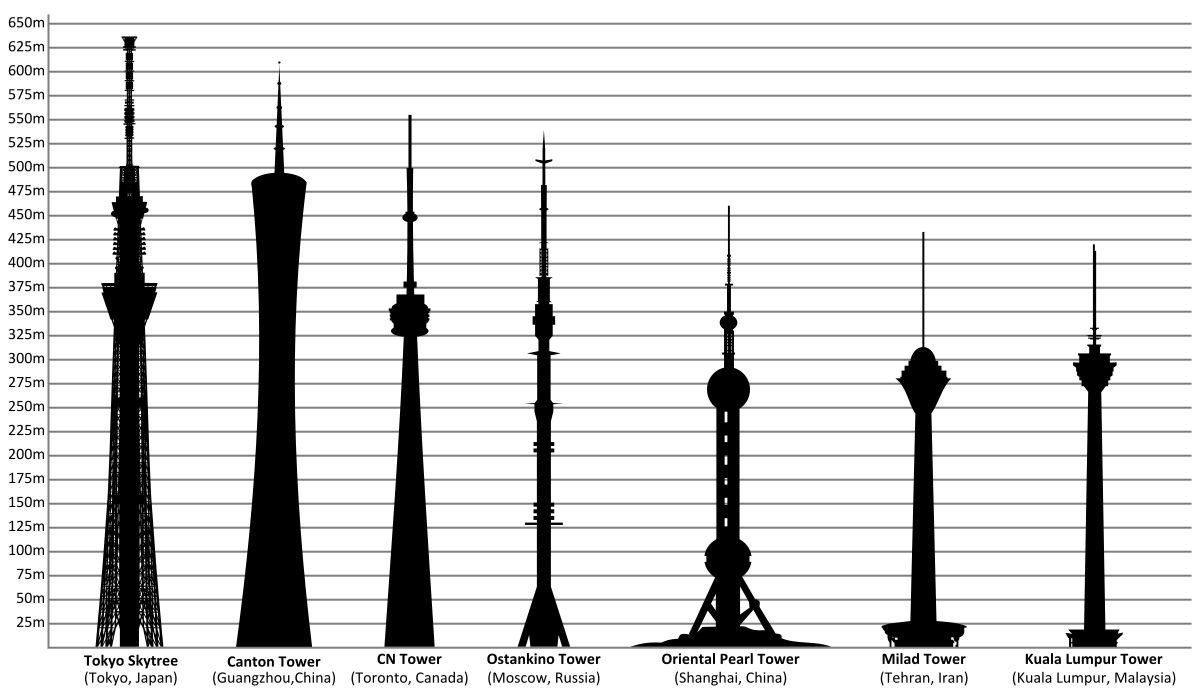Almost everyone has finished their Habitats test.
Just a few things I noticed.....
The question with Farmer Joe was a bit difficult for some. It is a thinking question so those questions tend to be the most challenging. Farmer Joe shot the birds that were eating his corn thinking he would have more corn if they weren't around. What Farmer Joe didn't realize was that when you remove a living thing from a food chain, it affects that other living things. The bugs had very few natural predators when the birds were gone, so there were a lot of them to eat the corn. The birds ate the bugs and they weren't around anymore. This is just a hypothetical question (I made it up), to get you to think about the consequences of disturbing the balance in a habitat.
How do habitats change naturally?
The simplest way is seasonally. Our neighbourhood habitats are different in the spring, summer, winter and fall. Leaves fall, snow, colder temperature etc.
Natural disasters also change habitats suddenly. A hurricane may damage trees, cause flooding etc.
What is an invasive species?
Be careful with the meaning of this word.If it is invasive, it interferes with the ability of other plants or animals to survive because it takes over (space or kills other species). It's kind of like a bully! You are correct when you say it is not found there naturally. You can introduce a species that is not native or naturally found in an area, but it probably won't be invasive. My flower garden is full of species that are not naturally found in London, but they are not invasive.
This morning on CBC radio they talked about gypsy moth caterpillars in Byron. They are destroying trees.

I will try to get the tests back as soon as possible.
Math
A few more groups have to finish their Action Task. We worked on changing units of length with decimals. Remember.....
1 cm = 0.01 m (one hundredths of a metre)
1 mm = 0.1 cm (one tenth of a centimetre)
1 cm = 0.1 dm (one tenth of a decimetre)
1 dm = 0.1 m (one tenth of a metre)
So.....
45 cm = 45 hundredths of a metre = 0.45
8 mm = 8 tenths of a centimetre = 0.8 cm
12 mm = 12 tenths of a centimetre = 1. 2 cm
We also talked a bit about choosing the correct unit to measure lengths and distances. We don't measure the height of tall structures in kilometres!

More practice on Friday.
Quadrilateral test tomorrow for grade four.
Triangle test tomorrow for grade five.
Literacy
We are slowly finishing up our final drafts of our stories and letters. Friday we have the computers in the morning to finish publishing.
Health
If you haven't gathered your information for one of your chosen nutrients, make sure you have it for Monday. You will be given time on Monday to design your poster. Some students are done already!
Please bring in food labels. Check out your recycling box before garbage day. Don't forget the ingredient list.
Reminders
- Phys. Ed and Library (exchange only) tomorrow.
- School Mass in the afternoon at St. Nicholas
- 5 times table test tomorrow.
Multiplication practice online: